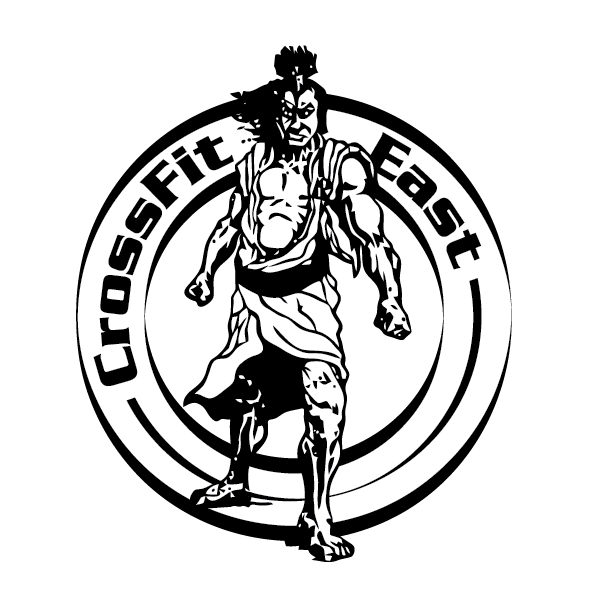Force, Distance, and Time
Fitness programs should be based on a proper understanding of force, distance and time, Coach Greg Glassman told participants at a seminar in Brisbane, Australia on May 16, 2009.
Coach Glassman said that as a college student he had been interested in both math and physical education. He looked unsuccessfully for a department that studied human performance in the fundamental physical units physicists use to estimate and analyze all performance: force, distance and time.
Velocity, acceleration, kinetic energy and momentum all derive from force, distance and time. From a rock, to a rocket ship, to a galaxy, everything that moves is discussed in terms of force, distance and time. But when it comes to the human body, most scientists stop talking about force, distance and time and start talking about other things that do nothing to improve performance.
“What we want to do is develop not an exercise science per se, but a technology of advancing human performance. Today, the study of human performance is splintered across 1,000 different sports. Good coaches have figured out what works. What I’d like to do is look at the union and intersection of all these different adaptations.”
